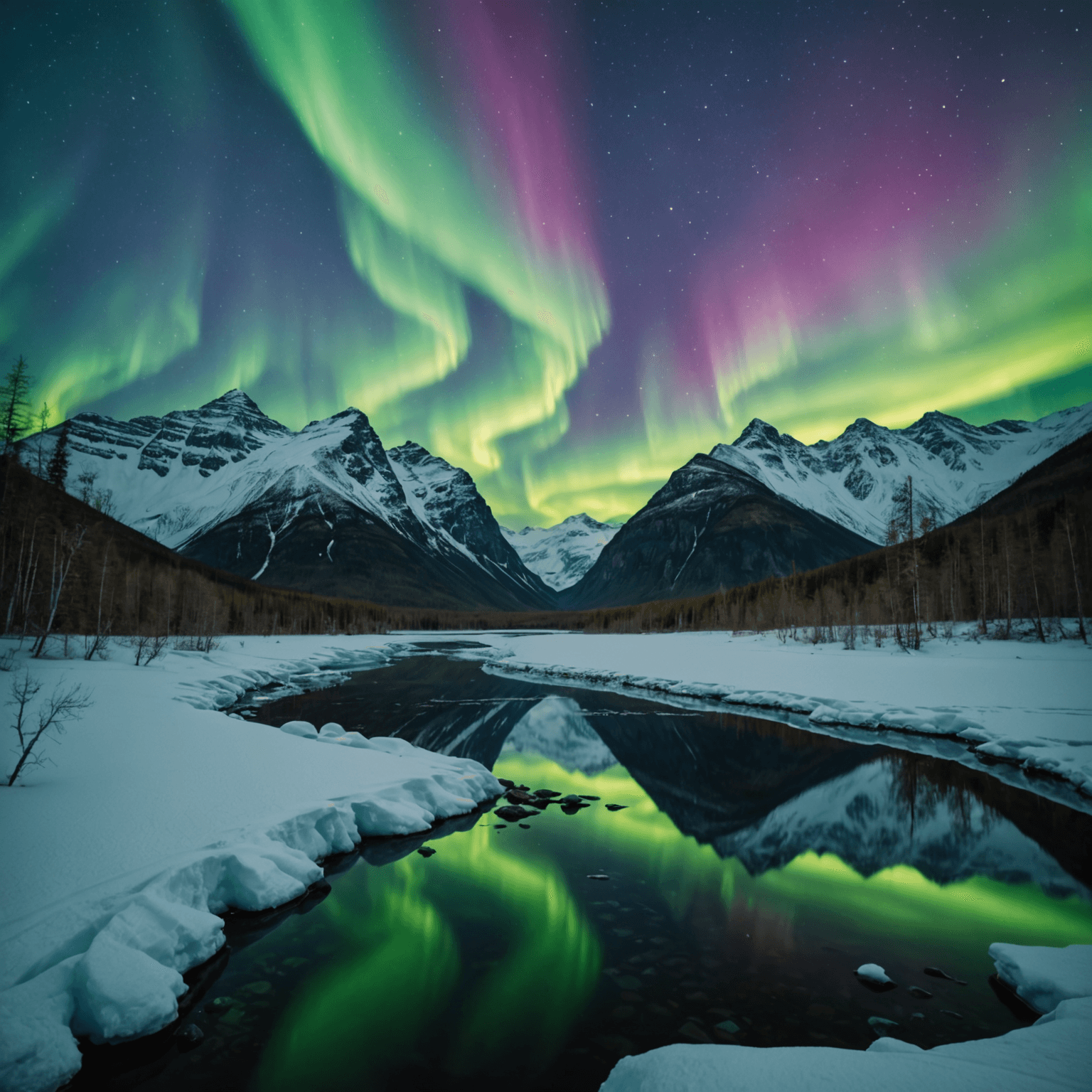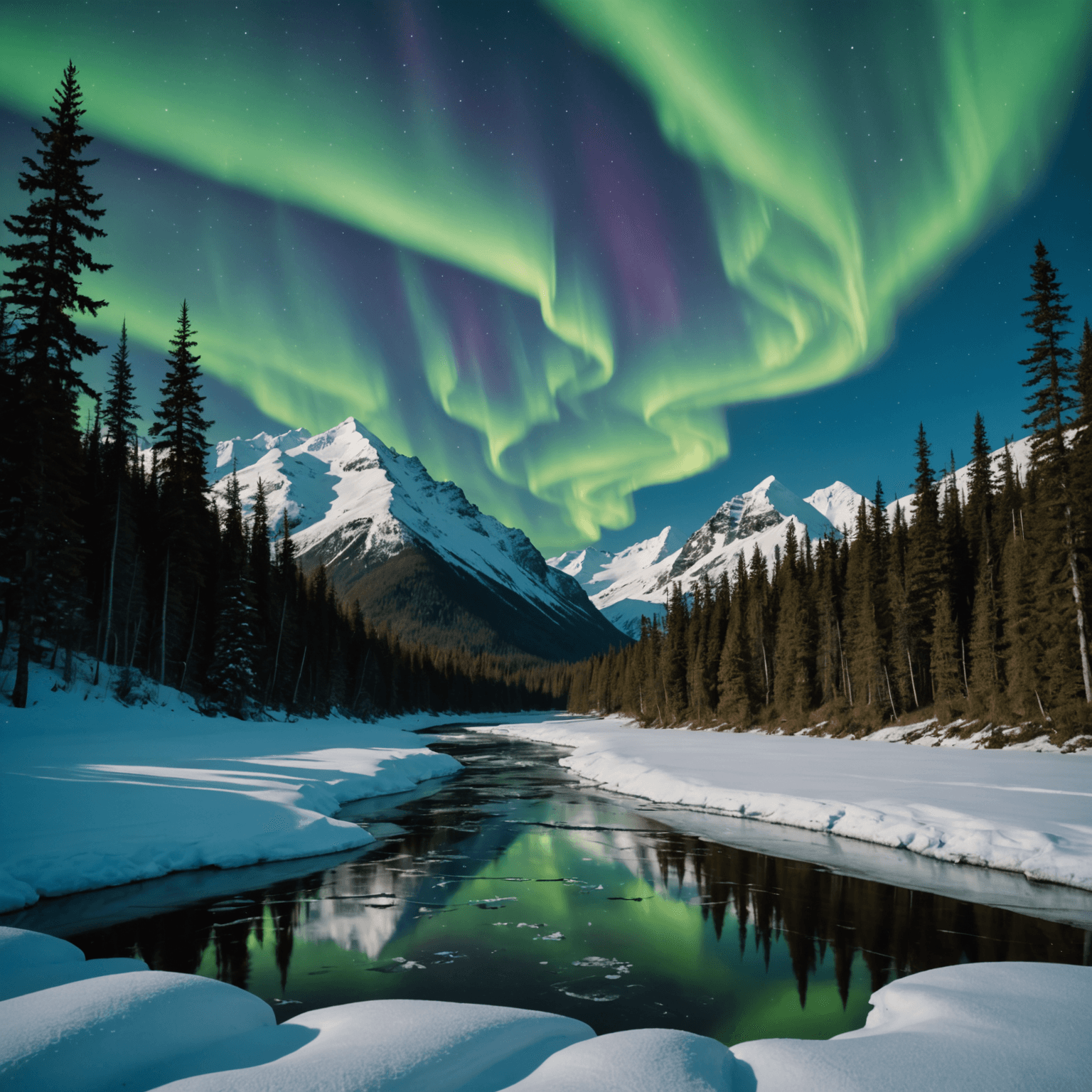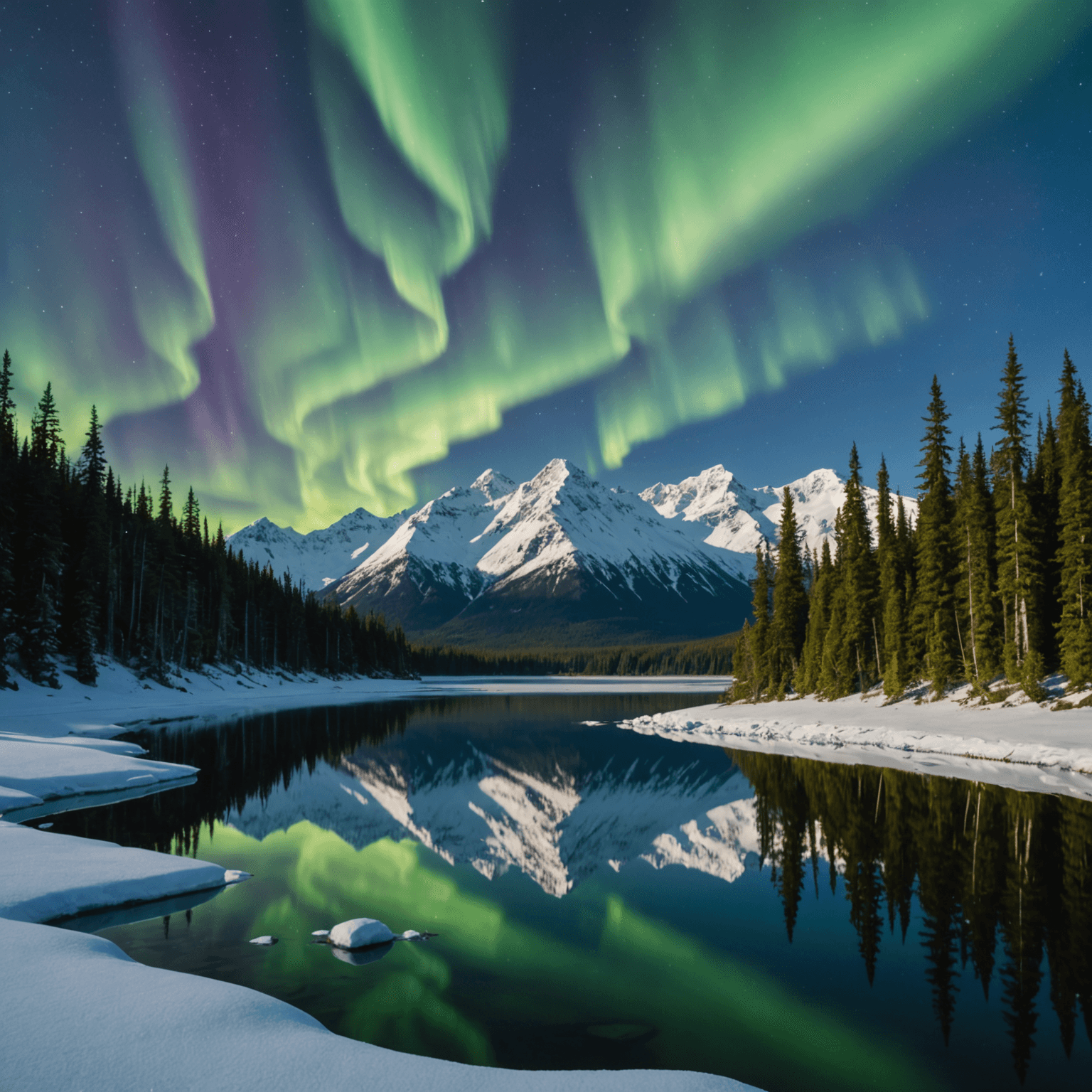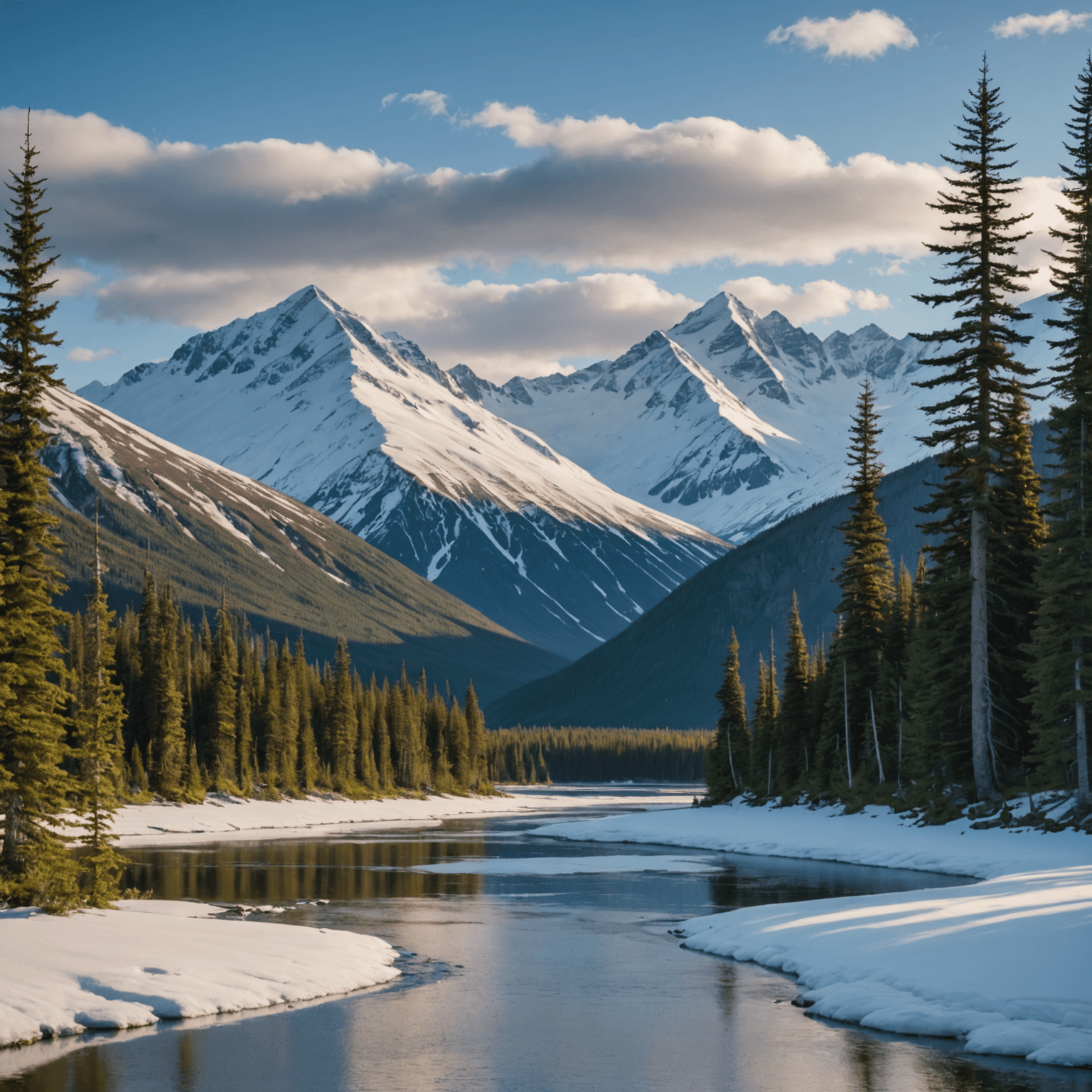Introduction
The ethereal dance of the Northern Lights, or Aurora Borealis, is a natural spectacle that captivates travelers from around the world. Alaska stands out as one of the premier destinations to witness this mesmerizing phenomenon. However, timing your trip is crucial to ensure you experience the Northern Lights in all their glory. This guide will help you determine the best time to view Northern Lights in Alaska, providing insights into seasonal variations, optimal viewing locations, and additional tips to enhance your aurora adventure.
Understanding the Northern Lights
The Northern Lights are a result of charged particles from the sun colliding with the Earth’s atmosphere. These collisions emit light, creating stunning displays of greens, purples, and reds in the sky. While the aurora can occur year-round, certain conditions make them more visible and vibrant.
Seasonal Considerations
The best time to view Northern Lights in Alaska is during the long, dark nights of the winter months, from September to April. During this period, the long nights provide ample darkness, which is essential for viewing the aurora. Although the lights can sometimes be seen from late August, the peak months are typically December through March when the nights are longest and the skies are clearest.

Optimal Viewing Times
To maximize your chances of seeing the Northern Lights, plan your viewing between 10 p.m. and 2 a.m. These hours are when auroral activity is most likely to peak. It’s important to note that the lights can appear at any time during the night, so staying up late and being patient increases your odds of witnessing the display.
Best Locations in Alaska for Viewing
Alaska’s vast and varied landscape offers numerous ideal locations for viewing the Northern Lights. Here are some top recommendations:
Fairbanks: Known as the state’s “aurora capital,” Fairbanks offers excellent viewing conditions and is accessible via the Fairbanks International Airport. The city is located under the “auroral oval,” a ring-shaped zone where auroras are most frequently seen.
Anchorage: While not as optimal as Fairbanks, Anchorage still provides good opportunities, especially when venturing to nearby areas with minimal light pollution. For more activities in Anchorage, check out Anchorage.net.
Denali National Park: This park offers a stunning backdrop of mountains and wilderness for viewing the lights. More information on the park can be found at Denali National Park.
Talkeetna: Situated between Anchorage and Denali, Talkeetna provides a quaint, small-town charm with excellent aurora viewing spots. Visit the Talkeetna Chamber of Commerce for more details.
Hatcher Pass: Located near Palmer, Hatcher Pass offers a beautiful alpine setting with minimal light pollution, making it an excellent location for aurora watching. Learn more about this area at the Hatcher Pass Management Area.

Planning Your Trip
When planning your trip to see the Northern Lights, consider the following tips to enhance your experience:
Check the Aurora Forecast: Utilize resources like the Geophysical Institute’s Aurora Forecast for real-time updates on auroral activity.
Weather Conditions: Clear skies are essential for viewing the aurora. Monitor local weather forecasts using NOAA’s Alaska Region to plan your outings.
Avoid Light Pollution: For the best views, travel away from city lights. Many tours offer transport to remote locations for optimal viewing.
Stay Warm and Comfortable: Alaskan winters are cold, so dress in layers and bring warm gear. Consider joining guided Alaska Winter Tours for a more comfortable experience.
Book a Guided Tour: Expert guides can enhance your aurora experience by taking you to the best spots and providing additional context about the lights. Explore Northern Lights Ultimate Adventure for more information.
Conclusion
Witnessing the Northern Lights in Alaska is a bucket-list experience that requires careful planning to ensure success. By visiting during the peak times and choosing optimal locations, you can maximize your chances of seeing this breathtaking phenomenon. Prepare adequately, stay informed with forecasts, and embrace the adventure of viewing the aurora in Alaska’s stunning landscapes.
FAQ
What is the best time to view the Northern Lights in Alaska?
The best time to view the Northern Lights in Alaska is from September to April, with peak visibility from December to March.
Can you see the Northern Lights in Alaska all year round?
Auroral activity occurs year-round, but the lights are only visible during the dark nights of fall, winter, and early spring.
Where should I go in Alaska to see the Northern Lights?
Fairbanks, Anchorage, Denali National Park, Talkeetna, and Hatcher Pass are among the best locations for viewing the Northern Lights.
How can I increase my chances of seeing the Northern Lights?
To increase your chances, check aurora forecasts, choose clear nights, avoid light pollution, and consider joining a guided tour.
What should I wear when viewing the Northern Lights in Alaska?
Dress in warm layers, including thermal underwear, insulated jackets, hats, gloves, and boots to stay comfortable in cold temperatures.
Do I need to book a tour to see the Northern Lights?
While not necessary, booking a tour can enhance your experience by providing expert guidance and access to prime viewing locations.
How accurate are aurora forecasts?
Aurora forecasts provide estimates based on solar activity and are generally reliable for planning purposes, but weather conditions can still affect visibility.




